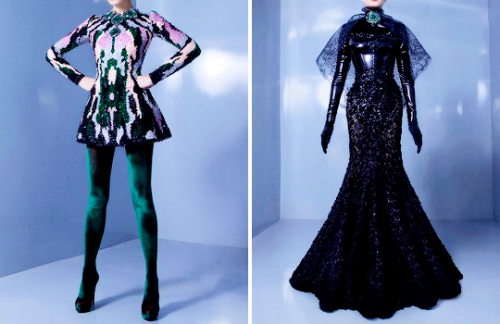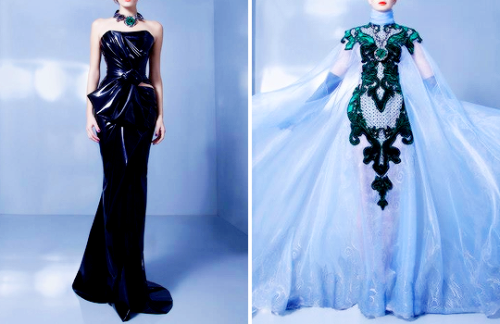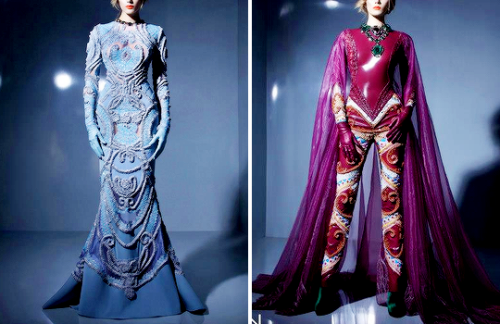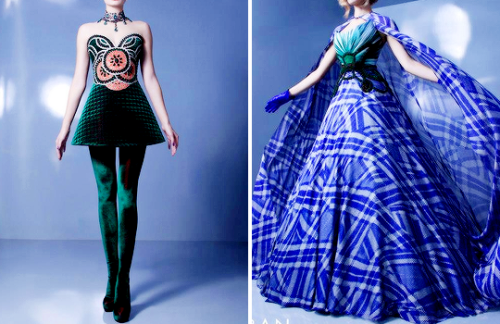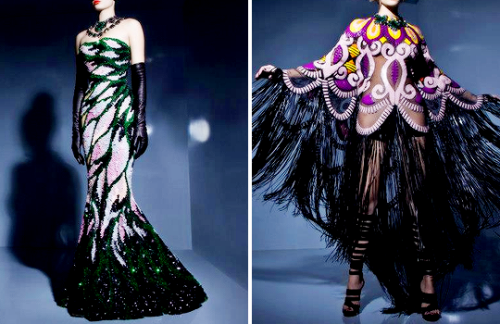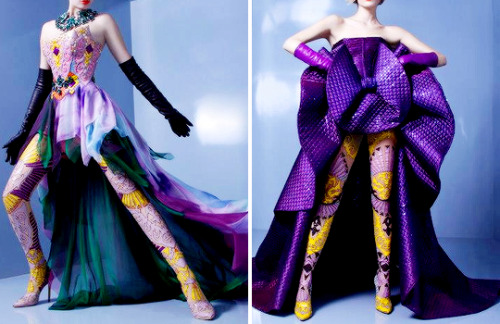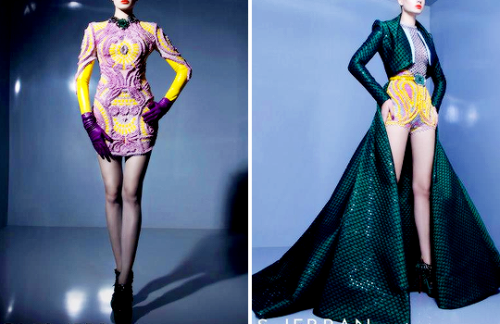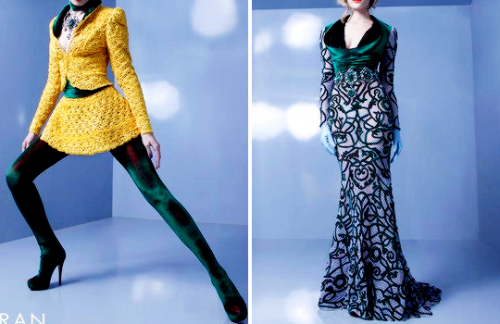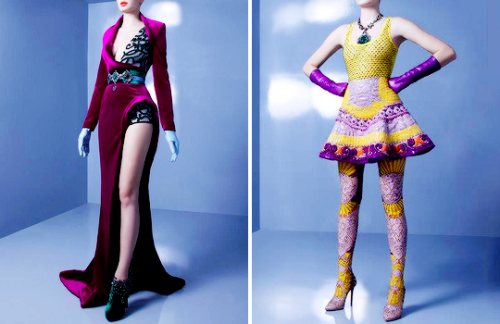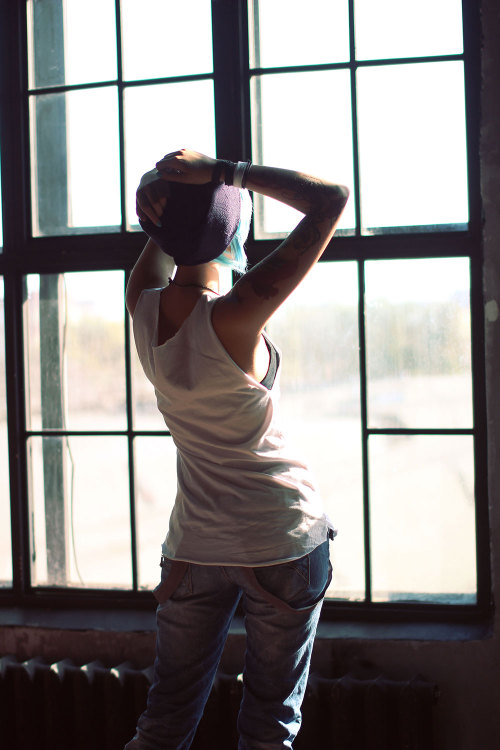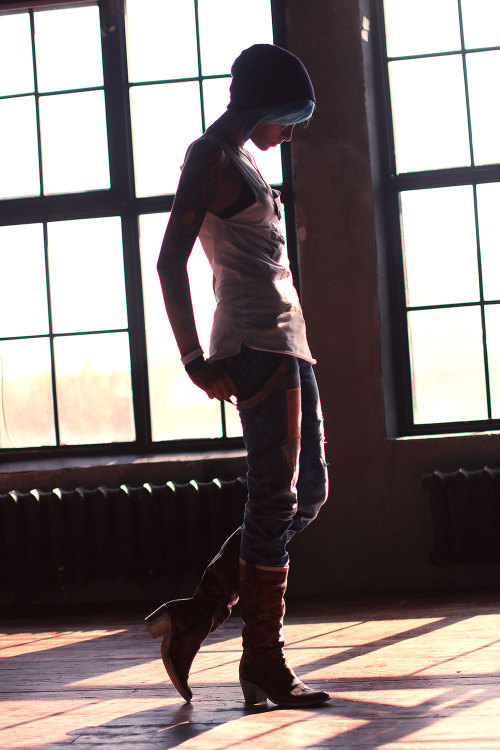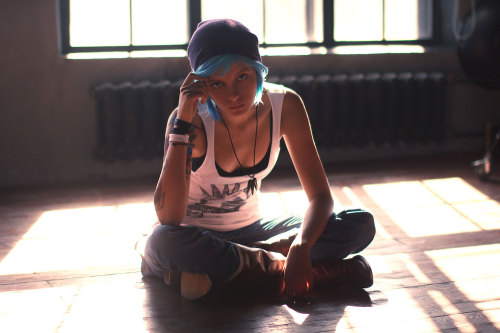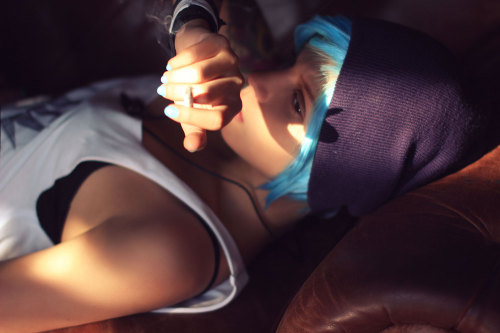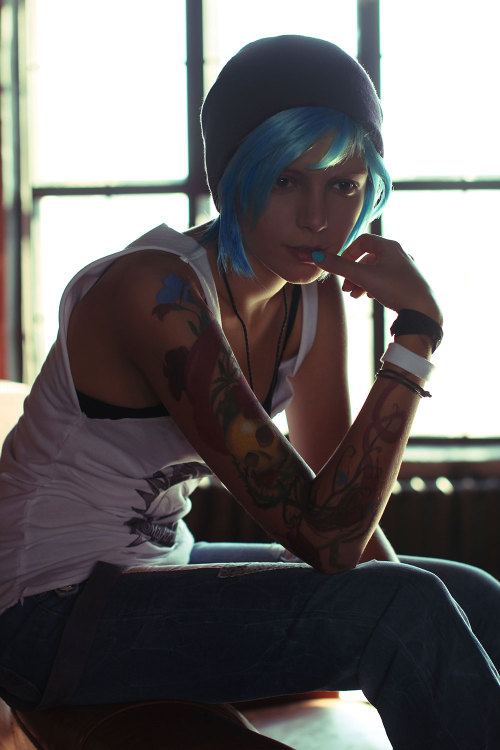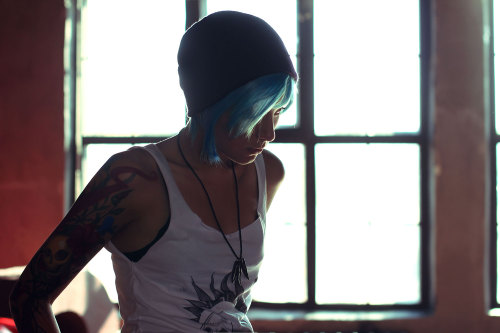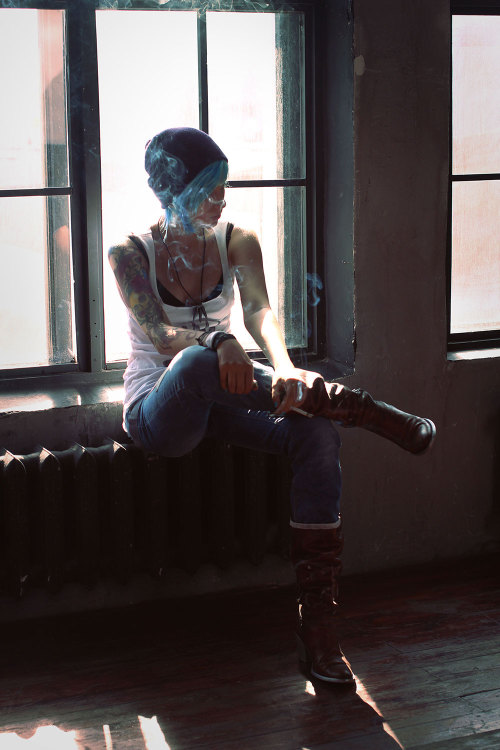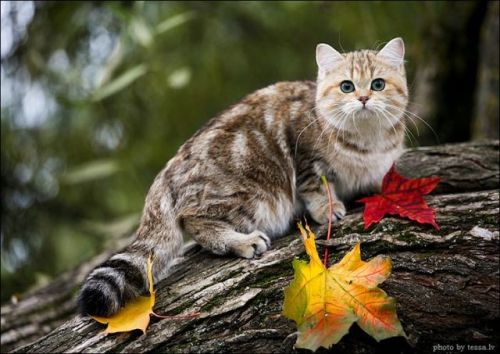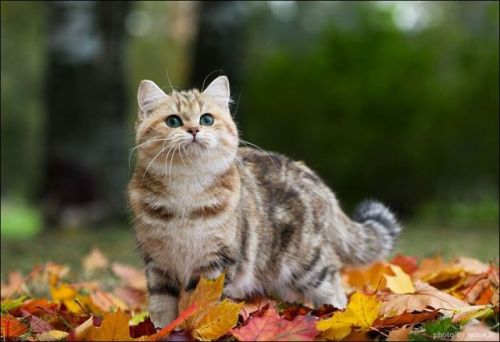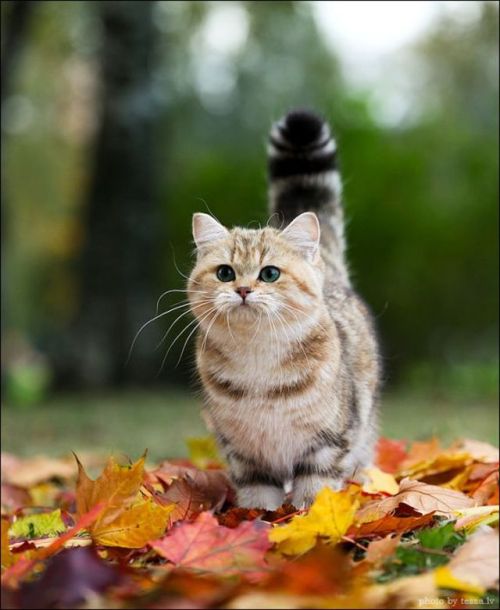Glow In The Dark Jewelry By Papillon9.
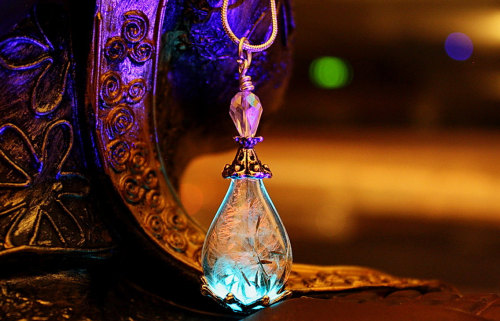
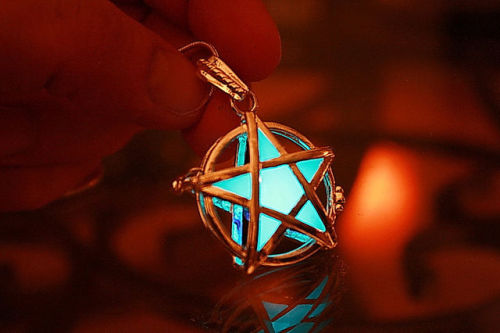
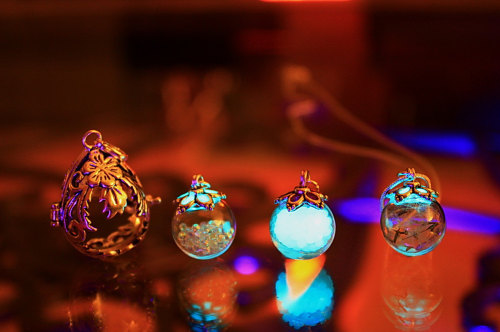

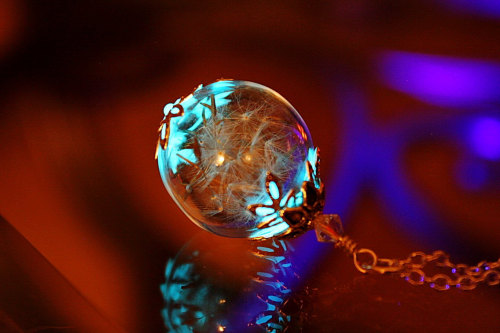

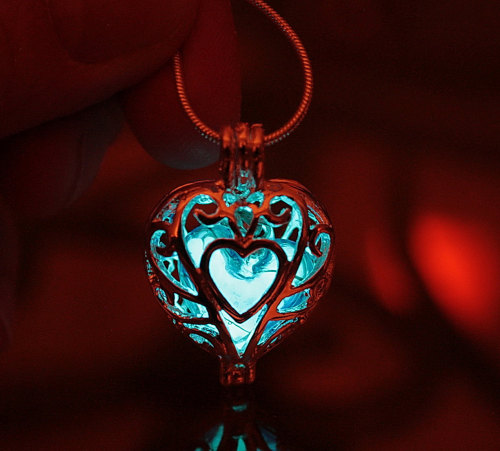
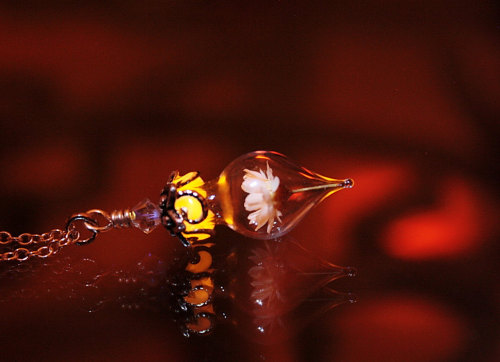
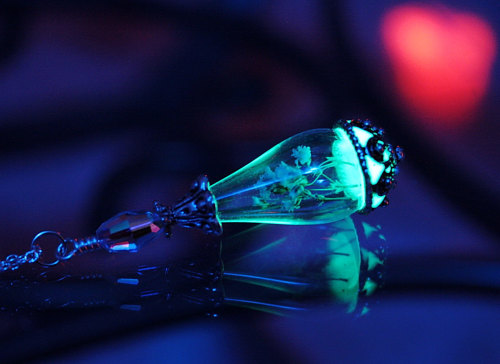
Glow in the dark jewelry by Papillon9.
More Posts from Zelo-ref and Others
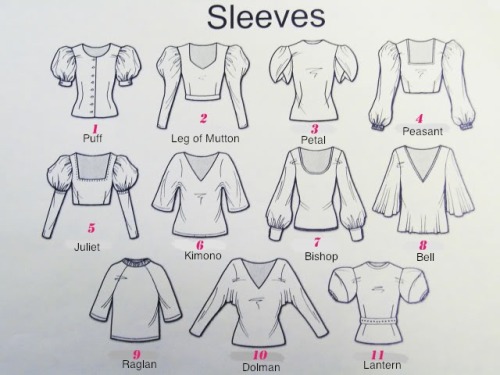
A visual glossary of Puffy Sleeve Types
More Visual Glossaries: Backpacks / Bags / Hats / Belt knots / Coats / Collars / Darts / Dress Silhouettes / Hangers / Harem Pants / Heels / Nail shapes / Necklaces / Necklines / Puffy Sleeves / Shoes / Shorts / Silhouettes / Skirts / Tartans / Vintage Hats / Waistlines / Wool
I LOVE this fashion, but do you know of any ways this style can be incorporated into a more modern way...?

Great question! First of all, I’d like to point out that wearing hanfu does not require fancy hair, makeup, or accessories - it can be worn casually as you would any other clothing.
That said, there are many ways to incorporate hanfu styles in a more “modern” flavor. You can always mix-and-match hanfu separates into your usual wardrobe. There’s also an entire offshoot of hanfu called “hanyuansu/汉元素”, which refers to designs that utilize elements from traditional hanfu. Here are some of my suggestions/inspiration for incorporating hanfu style:
1) Shortening sleeves and/or hemlines can produce a more “modern” look.

2) Layer on a Beizi/褙子 (jacket) - Beizi are extremely versatile, and come in all lengths and materials, for all seasons. (note: the pics below are “hanyuansu”; real hanfu doesn’t have modern pockets)

3) Put on a Banbi/半臂 (half-sleeve jacket) or Bijia/比甲 (sleeveless jacket) - Similar to Beizi, but with shorter/no sleeves, these can be worn like cardigans/t-shirts/vests. 1st row: banbi, 2nd row: bijia.


4) Hanfu skirts - Try wearing a hanfu skirt with your outfit. Left: Ming Dynasty-style, Right: Tang Dynasty-style.

5) Song-style pants/宋裤 - These pants were popular with women during the Song Dynasty. Try adding them to your outfit. (note: the right pic is a modified, “shorts” version)

6) Doupeng/斗篷 (cloaks/capes) make a nice accessory during the colder months, and come in various lengths and designs.

These are only just a few ways to incorporate hanfu elements; there are a lot more ideas and designs out there. I hope this helps in providing inspiration :)
(edit: links to clothing are in this post)
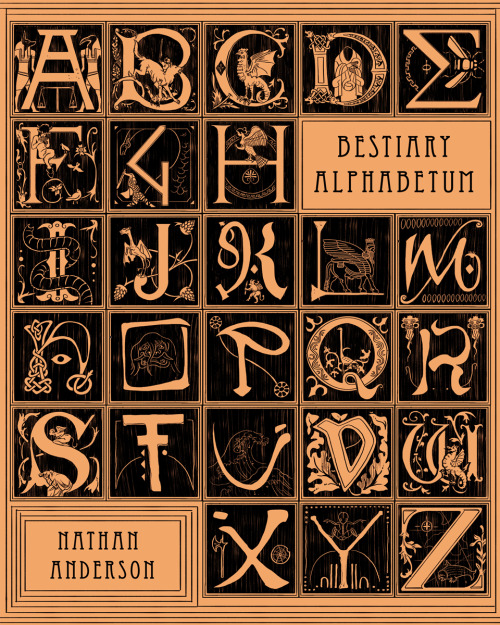
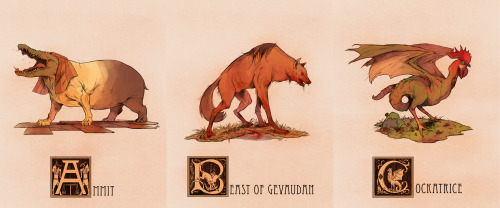


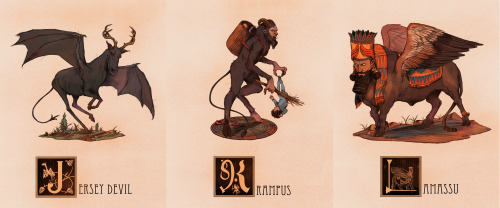


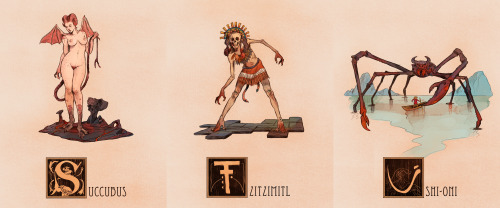
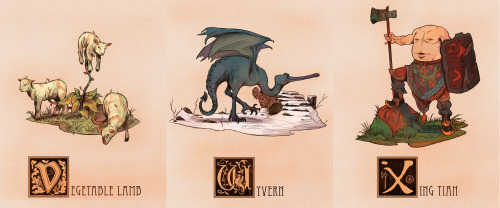

They’re all here! I took it upon myself to create an illustration of a Mythological creature or character for every letter of the alphabet, trying to span across a multitude of cultures and creature-types. Another thing I wanted to accomplish with this project was to find some the more unusual and/or obscure creatures that don’t get as much representation in artwork. Individual Tumblr Posts with said creatures’ descriptions are below.
Again, I’ll be making this into a small run of books as a way to test the waters. If there’s more demand for a larger run, I’ll definitely be looking into it!
All REBLOGS are appreciated!
Bestiary Alphabetum: Each Entry is clickable!
A is for Ammit
B is for The Beast of Gevaudan
C is for Cockatrice
D is for Dullahan
E is for Eurynomos
F is for Faun
G is for Grendel
H is for Harpy
I is for Indus Worm
J is for Jersey Devil
K is for Krampus
L is for Lamassu
M is for Manticore
N is for Nuckelavee
O is for Otoroshi
P is for Penanggalan
Q if for Questing Beast
R is for Rangda
S is for Succubus
T is for Tzitzimitl
U is for Ushi-Oni
V is for Vegetable Lamb
W is for Wyvern
X is for Xing Tian
Y is for Yara-Ma-Yha-Who
Z is for Ziphius







Imperial Guard Officer Horse Grenadier Sword
Dated: 1811
Maker: Lefevbre Paris
Culture: French
Measurements: overall length 1.17m; weight 1.964kg; weight without scabbard 1.28kg
The sword features a brass and leather scabbard similar to the second model for the Horse Grenadier troop sword. This particular model could have also belonged to the Empress’s Dragoons or to an officer of the Cuirassiers since the steel blade is straight and not curved. In any case it did belong to an Heavy Cavalry Officer from Napoléon Army. It is marked with the manufacturer’s name “Lefevbre Paris”, while the scabbard tip is marked "ND”.
Source: Copyright © 2016 Sword Collection

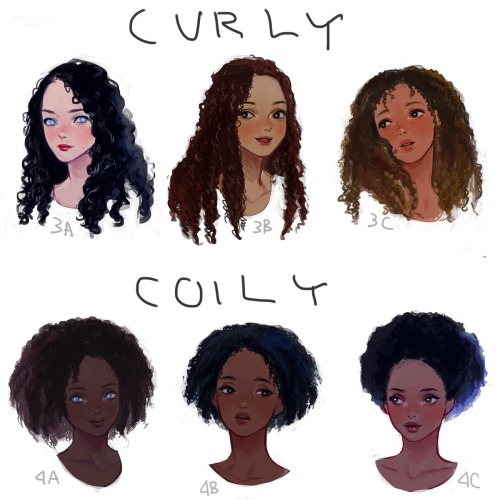
I drew a visual hair type classification guide. I thought I’d share it here. Mine is between 1b-1c.
-
 regretroulette liked this · 1 month ago
regretroulette liked this · 1 month ago -
 zilequitecrescent reblogged this · 6 months ago
zilequitecrescent reblogged this · 6 months ago -
 zilequitecrescent liked this · 6 months ago
zilequitecrescent liked this · 6 months ago -
 starryrika liked this · 7 months ago
starryrika liked this · 7 months ago -
 happycloudfest liked this · 11 months ago
happycloudfest liked this · 11 months ago -
 hedge-witch-tales reblogged this · 1 year ago
hedge-witch-tales reblogged this · 1 year ago -
 hedge-witch-tales liked this · 1 year ago
hedge-witch-tales liked this · 1 year ago -
 jouelacommeboutin liked this · 1 year ago
jouelacommeboutin liked this · 1 year ago -
 danskjavlarna liked this · 1 year ago
danskjavlarna liked this · 1 year ago -
 allbeautydestroyed reblogged this · 1 year ago
allbeautydestroyed reblogged this · 1 year ago -
 bloodyfabre reblogged this · 1 year ago
bloodyfabre reblogged this · 1 year ago -
 alexlabeau reblogged this · 1 year ago
alexlabeau reblogged this · 1 year ago -
 alexlabeau liked this · 1 year ago
alexlabeau liked this · 1 year ago -
 multifacetedwitch reblogged this · 1 year ago
multifacetedwitch reblogged this · 1 year ago -
 cafea-si-pelin liked this · 1 year ago
cafea-si-pelin liked this · 1 year ago -
 antonio-teixeira liked this · 1 year ago
antonio-teixeira liked this · 1 year ago -
 templeofthehorn reblogged this · 1 year ago
templeofthehorn reblogged this · 1 year ago -
 templeofthehorn liked this · 1 year ago
templeofthehorn liked this · 1 year ago -
 italopatrik liked this · 1 year ago
italopatrik liked this · 1 year ago -
 multifacetedwitch liked this · 1 year ago
multifacetedwitch liked this · 1 year ago -
 boo3art liked this · 1 year ago
boo3art liked this · 1 year ago -
 sparklersandstars reblogged this · 1 year ago
sparklersandstars reblogged this · 1 year ago -
 radiatecas liked this · 2 years ago
radiatecas liked this · 2 years ago -
 ateknaz liked this · 2 years ago
ateknaz liked this · 2 years ago -
 kunoichi-of--destiny reblogged this · 2 years ago
kunoichi-of--destiny reblogged this · 2 years ago -
 thatravenpuffgirl liked this · 2 years ago
thatravenpuffgirl liked this · 2 years ago -
 sirbriar liked this · 2 years ago
sirbriar liked this · 2 years ago -
 vesicapiscisfatuous reblogged this · 2 years ago
vesicapiscisfatuous reblogged this · 2 years ago -
 vesicapiscisfatuous liked this · 2 years ago
vesicapiscisfatuous liked this · 2 years ago -
 iguu reblogged this · 2 years ago
iguu reblogged this · 2 years ago -
 kakesuno reblogged this · 2 years ago
kakesuno reblogged this · 2 years ago -
 isuzugawa reblogged this · 2 years ago
isuzugawa reblogged this · 2 years ago -
 isuzugawa liked this · 2 years ago
isuzugawa liked this · 2 years ago -
 ambivalentillusion reblogged this · 2 years ago
ambivalentillusion reblogged this · 2 years ago -
 ambivalentillusion liked this · 2 years ago
ambivalentillusion liked this · 2 years ago -
 pancake-aura liked this · 2 years ago
pancake-aura liked this · 2 years ago -
 tsukarikata reblogged this · 2 years ago
tsukarikata reblogged this · 2 years ago -
 tsukarikata liked this · 2 years ago
tsukarikata liked this · 2 years ago
